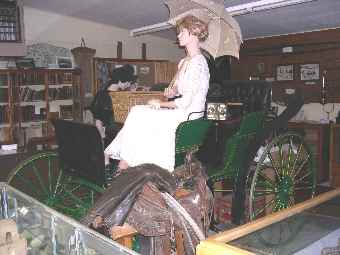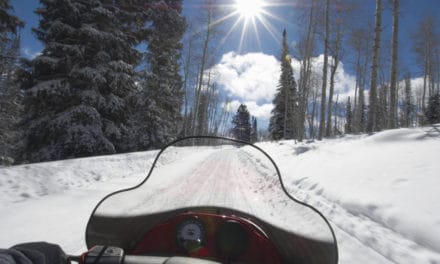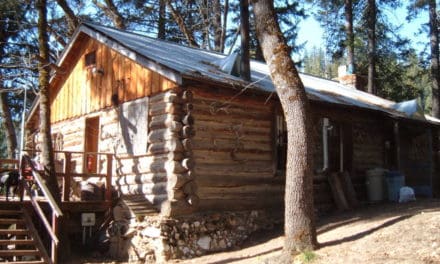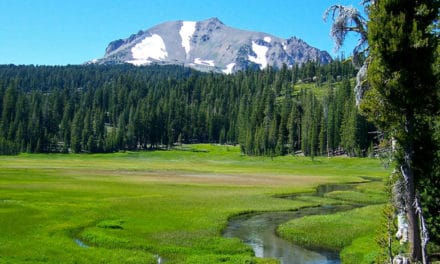By Jo Geissner
[media-credit name=”indianvalley.net” align=”alignleft” width=”300″]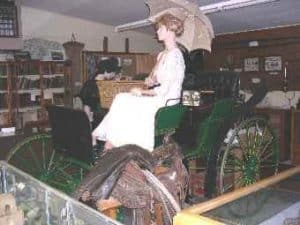 [/media-credit]
[/media-credit]
The beautiful Indian Valley was just a passing glance for settlers heading west in 1849. They were seeking gold, not land.
The impression held, however, in the minds of a few, and in 1851-52, one well-known historical figure, Peter Lassen (1800-1859), set up a trading post and vegetable garden just north of today’s Greenville to garner the miner and emigrant trade.
After his 1850 visit to the valley, Lassen bestowed the name of “Cache Valley” on the area. Lassen also used the mountain pass that assumed another name.
In April 1851, W. H. Noble and party came through the valley and crossed the mountains to Honey Lake Valley. Noble is linked to “Noble Pass,” “Noble Emigrant Trail” and bestowing the name of “Indian Valley.” These names became common and are the ones that history recorded.
Across the valley in February 1852, Jobe T. Taylor (1811-1878), Warren Meeker and others posted notice to claim land which became Taylor’s Ranch and later the community of Taylorsville. They had tired of mining, this last attempt being Nelson Creek, and decided to settle the land.
Up until this time, the native inhabitants had been the Northern Maidu. With only a few exceptions, the Euro-American settlers and the Maidu had realized the importance of cultivating the goodwill of neighborly existence. Jobe T. Taylor hosted a meeting in November 1853 to gain an understanding. There were a few bad incidents afterwards, but overall an element of mutual respect and cooperation endured.
With this understanding in place, Taylor and others commenced erecting buildings, cultivating the land, growing grain crops and raising livestock.
Jobe T. Taylor erected a saw mill in 1855 and a grist mill soon after. A remnant of the flour mill displayed by the Native Daughters of the Golden West can still be seen as you drive into Taylorsville.
In 1861, the Post Office was established and named Taylor’s Ranch. Jobe T. Taylor was the first postmaster. In January 1864, ‘Ranch’ was dropped and ‘ville’ was added, thus the small town of Taylorsville was named. Taylor was the postmaster at this time also.
Jobe Tyrrill Taylor was born in Pennsylvania 21 March 1811. He relocated to Illinois and for a time held the position of surveyor of U.S. public lands.
In 1849 he crossed the plains in the fever of the gold rush, coming into Big Meadows (now under Lake Almanor) via the Lassen Route. He first mined at Long’s Bar in Butte County, then tried near Bidwell’s Bar, on up the middle fork to Crooked Bar and finally to Nelson Creek.
Mr. Taylor was a well-known participant in the development of Indian Valley and of Plumas County. He died 5 March 1878.
The large funeral procession of family, friends and his brothers in the Masonic Lodge, Grange and Good Templars escorted his body to the gravesite in his beloved Taylor’s Ranch – Taylorsville.
Today, Taylorsville, receives a large number of tourists, especially in the summer season, and draws large crowds to the Silver Buckle Rodeo July 4th and the Blackhawk Solar Cook-Off, the 2nd weekend in July.
~ Jo L. Giessner, local history and genealogy author, is a descendant of northern California pioneers. A graduate of CSU-Chico and retired from a career with the State of California, she enjoys researching, writing, road trips and memberships in several historical societies.
Jobe T. Taylor (1811-1878)
Jo L. Giessner is the author and owner of Family History & Genealogy – Red Bluff, CA 96080 • jogiessner@yahoo.com
http://HistoryandHappenings.squarespace.com

